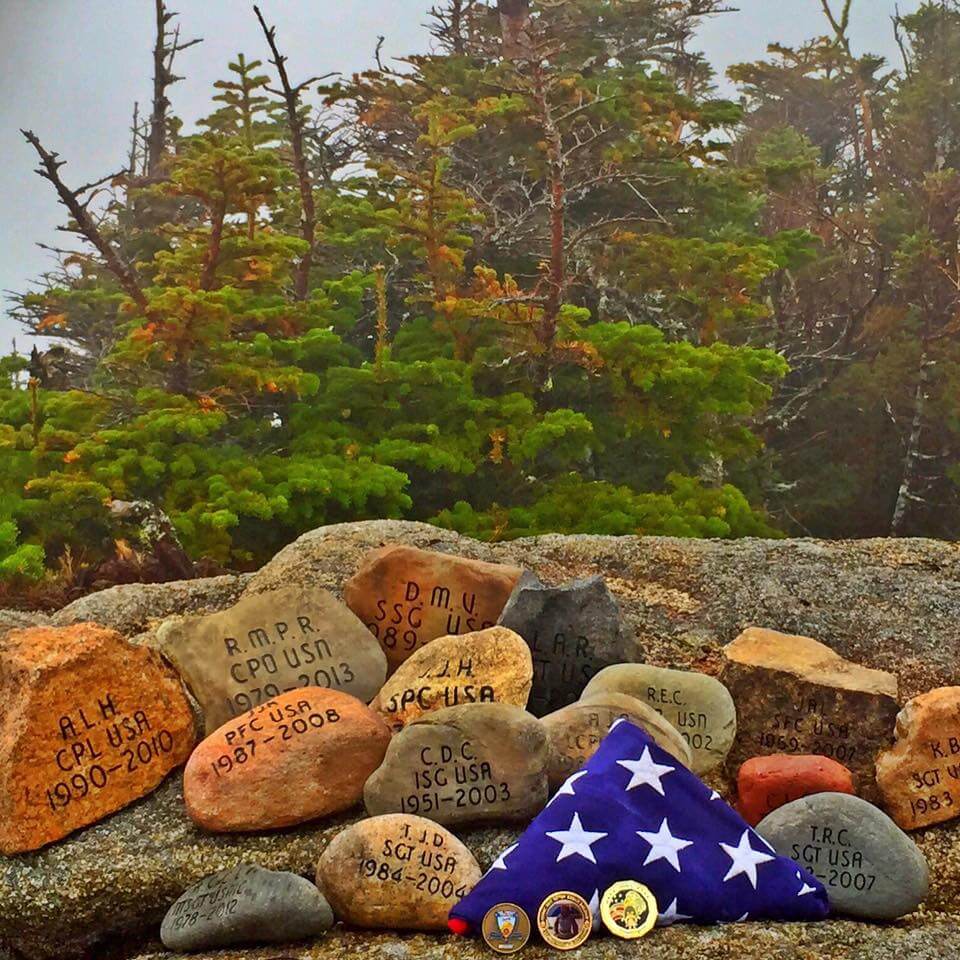 One of the biggest mistakes organizations make in their brand storytelling is too much focus on the “brand” and not enough on the “storytelling.”
One of the biggest mistakes organizations make in their brand storytelling is too much focus on the “brand” and not enough on the “storytelling.”
Historically, storytelling is one of our oldest and most powerful forms of communication.
It defines us as humans and creates a connection between people and communities. Even those who might not otherwise relate or connect with each other.
It’s an amazing thing when you think about it. Stories bring us together as people.
Story Equals Connection
We can be connected by nothing other than a story. Yet that one thread is strong enough to develop and sustain large communities.
If you think about great leaders or public figures in history, part of the reason they were so influential is because they were remarkable storytellers.
This power can be used for both good and evil.
Take Winston Churchill, Martin Luther King, Jr., Abe Lincoln, or even Hitler. All four men were dynamic and powerful storytellers.
Stories are powerful. Brand storytelling changes the way a consumer relates with you and your product or service—when used correctly.
The Summit Project: A Case Study in Storytelling
During Memorial Day weekend several years ago, I had the opportunity to participate in an amazing tribute to our fallen heroes.
The Summit Project is a Maine-based non-profit, which acts as a living memorial to pay tribute to the fallen service members from Maine.
The Summit Project hosts several group summit hikes throughout the year.
The hikes pull a varied group of people together with one united purpose: To honor those who served and, through their service, gave the greatest sacrifice.
Each hiker is assigned a stone for a fallen hero. And with that stone comes their story.
It’s a story developed through words and video from their family and friends. Aa story that continues to live and grow through the hikers who carry and share it.
For example, part of my hero’s story was told by his father through this video:
The Summit of Storytelling
At the top of the summit there is a ceremony where each hiker speaks about their hero and shares their story.
As you can imagine, the story is different, based on the storyteller and the aspects that most resonate with him or her.
This creates evolving, live, and engaged stories to help these heroes legacies live on.
It’s an amazing experience and one that binds the hikers, the heroes’ families, and all the other people involved in the event together in a strong and powerful way.
Bonds formed through stories.
You spend hours, climbing through often challenging terrain with your rock in your pack.
It weighs you down through its weight and lifts you up through its meaning.
The story and journey to tell it take these heroes and make them more than just names of those lost. It turns them back into real people. People who struggled, endured, overcame, and sacrificed themselves for the values they believed in.
All we can really hope for in life is to change people’s lives for the better while we are here. And have a legacy that continues to do so when we are gone.
The Summit Project makes sure that happens for each of these Maine heroes.
Four Elements of Brand Storytelling
There are many lessons we can learn about powerful brand storytelling through the work of the Summit Project. Here are four to change the way you tell your organization’s story.
Inclusive Storytelling
Great stories are inclusive, not exclusive.
This is true even when they talk about an experience or situation we are unfamiliar with or doesn’t even exist in our reality. All great stories have threads that pull people in.
For the Summit Project, the hikers all become part of the story by carrying and sharing it.
Flawed Storytelling
Many historians believe storytelling partially developed as an excuse for failure.
It was a way to make failure meaningful by sharing it with others as lessons. No really great story is polished and perfect. They are all flawed.
It is through those flaws we connect with them as humans (because…hey, we are all flawed too).
The best stories are real and challenging.
They are emotional and raw.
They are human.
Stories are us.
Self-Sustaining Brand Storytelling
Storytelling exists because stories have been passed down from one generation and tribe to another.
Great stories engage and resonate so deeply they are self-sustaining. People continue to share and grow them.
By sharing a story and keeping it alive each storyteller becomes a deeper part of it. That makes it stronger and even more relevant.
And the cycle continues.
Often organizations to tightly control their brand storytelling efforts. This blocks people out and essentially eliminates this important step.
Brand Storytelling Is Evolving
And through that self-sustaining nature, stories evolve.
Through the different storytellers involved in the Summit Project each story evolves past the original entry or video into something so much more.
Evolving stories connect with more people and never lose their power.
They keep their truth and essence (and for brand storytelling—message). But continue to grow to increase their reach.
For brands, this evolution also allows brand storytelling to provide important intelligence and insight which can help guide your overall business strategy.
Storytelling and Humanity
Most believe storytelling is one of the elements of humanity that defines us as humans from other creatures.
No matter what other communication platforms, new shiny network, or popular marketing technique that arises, storytelling will always serve as the foundation of how we communicate successfully.
Investing time, energy, creativity, and resources into a powerful brand storytelling strategy will lead your communication strategy—no matter what tactics you use to deploy it.